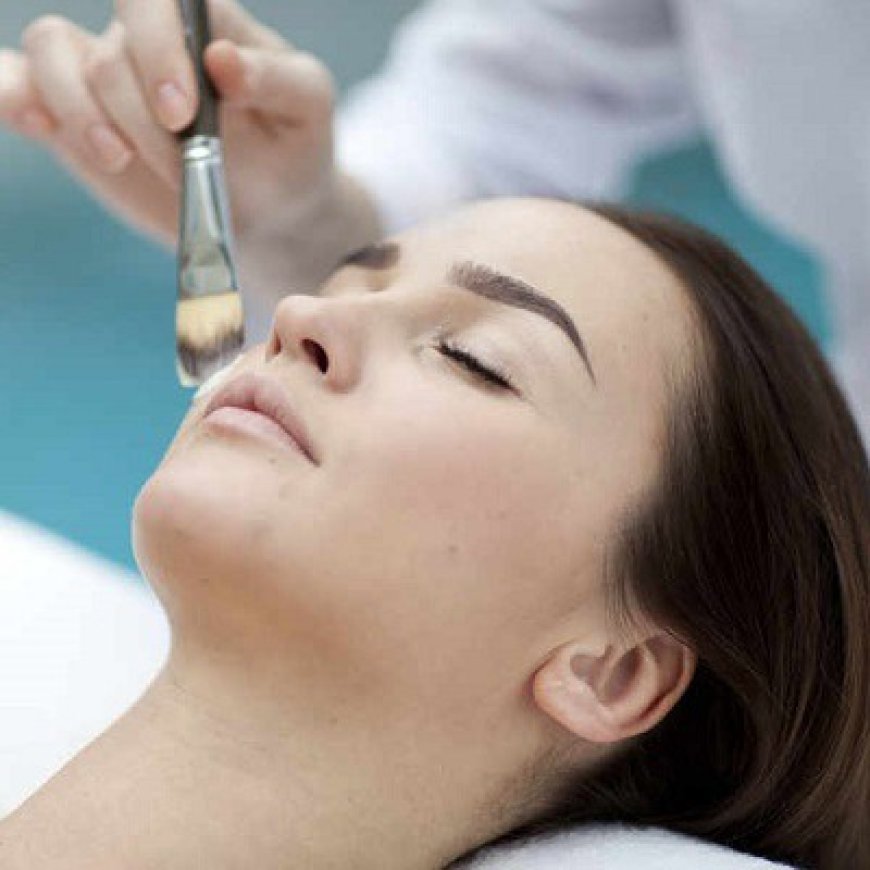Dubai Melasma Treatment: 6 Mistakes to Watch Out For
What are 6 Common Mistakes To Avoid In Melasma Treatment? Learn the key errors to avoid mishaps for effective management and clearer healthy-looking skin.

Introduction:
Living in Dubai means embracing a vibrant lifestyle filled with sun-soaked days and exciting adventures. However, the harsh sun can sometimes lead to skin issues like melasma. If you’ve noticed dark patches on your skin that seem stubborn and hard to treat, you might be dealing with melasma. Let's dive into the world of melasma, understand why it's common in Dubai, and discuss the key mistakes to avoid when treating it.
Understanding Melasma:
What Causes Melasma?
Melasma Treatment in Dubai is a skin condition characterized by brown or grayish-brown patches, usually on the face. It’s often caused by an overproduction of melanin, the pigment that gives your skin its color. This condition can be triggered by various factors, including sun exposure, hormonal changes, and genetics.
Symptoms and Appearance:
Melasma typically appears on the cheeks, forehead, bridge of the nose, and above the upper lip. The patches are usually symmetrical and can vary in size and shape. While melasma is not harmful, it can be a source of frustration due to its appearance.
Common Triggers:
Apart from sun exposure and genetics, other triggers include hormonal fluctuations during pregnancy (often referred to as the "mask of pregnancy"), birth control pills, and certain medications. Stress and thyroid diseases can also contribute to its development.
Why Melasma is Prevalent in Dubai:
Climate and Sun Exposure:
Dubai’s sunny climate is a major factor in the prevalence of melasma. The intense UV radiation can stimulate melanocytes, the cells responsible for melanin production, leading to the development of melasma.
Lifestyle Factors:
The Dubai lifestyle often includes spending a lot of time outdoors, whether for leisure or work. Without adequate sun protection, this can increase the risk of developing melasma.
Genetic Predisposition:
If you have a family history of melasma, you might be more prone to developing it yourself. This genetic predisposition, combined with environmental factors, can significantly increase the likelihood of melasma.
Common Melasma Treatments:
Topical Creams and Ointments:
These typically contain ingredients like hydroquinone, tretinoin, and corticosteroids. They work by lightening the dark patches and reducing pigmentation.
Chemical Peels:
Chemical peels involve applying a solution to the skin that causes it to exfoliate and eventually peel off. The new skin is usually smoother and less pigmented.
Laser Therapy:
Laser treatments target and break down melanin deposits. However, they require professional supervision due to the risk of side effects.
Natural Remedies:
Some people opt for natural treatments like aloe vera, turmeric, and apple cider vinegar. While these might help, their effectiveness varies, and they should be used with caution.
6 Mistakes to Watch Out For in Melasma Treatment:
Mistake 1: Skipping Sun Protection:
One of the biggest mistakes you can make is not using sunscreen. Sun exposure can worsen melasma, so it’s crucial to use a broad-spectrum sunscreen with at least SPF 30. Reapply it every two hours, especially if you’re outside.
Mistake 2: Using Harsh Skin Products:
Harsh products can irritate your skin and exacerbate melasma. Avoid products with alcohol, fragrances, and harsh exfoliants. Instead, opt for gentle, hydrating products that are formulated for sensitive skin.
Mistake 3: Inconsistent Treatment Routine:
Treating melasma requires consistency. Skipping treatments or not following a routine can delay results. Establish a skincare routine and stick to it, even if you don’t see immediate improvements.
Mistake 4: Ignoring Professional Advice:
Self-treatment can be risky. Dermatologists can provide tailored advice and treatments that are more effective. Always consult a professional before starting any new treatment.
Mistake 5: Overusing Lightening Agents:
While lightening agents can help, overusing them can irritate and make melasma worse. Follow your dermatologist’s recommendations on how often to use these products.
Mistake 6: Neglecting Overall Skin Health:
Focusing solely on melasma can lead you to neglect your overall skin health. A holistic approach, including a balanced diet, proper hydration, and stress management, can improve your skin’s condition and make treatments more effective.
Preventive Measures for Melasma:
Daily Sun Protection:
Make sun protection a daily habit. Use sunscreen, wear hats, and seek shade whenever possible. This will help prevent melasma from worsening and reduce the risk of new patches forming.
Healthy Skincare Habits:
Use gentle skincare products and avoid over-exfoliating. Incorporate antioxidants like vitamin C into your routine to protect your skin from damage.
Regular Dermatological Check-Ups:
Regular visits to a dermatologist can help you manage melasma effectively. They can monitor your progress and adjust treatments as needed.
Conclusion:
Dealing with melasma in Dubai can be challenging due to the sunny climate, but with the right approach, it’s manageable. Avoiding common mistakes and taking preventive measures can make a significant difference in your skin’s appearance. Remember, consistency and professional guidance are key to effective treatment.

 Royal Clinic
Royal Clinic